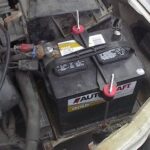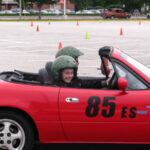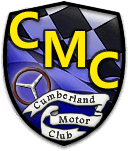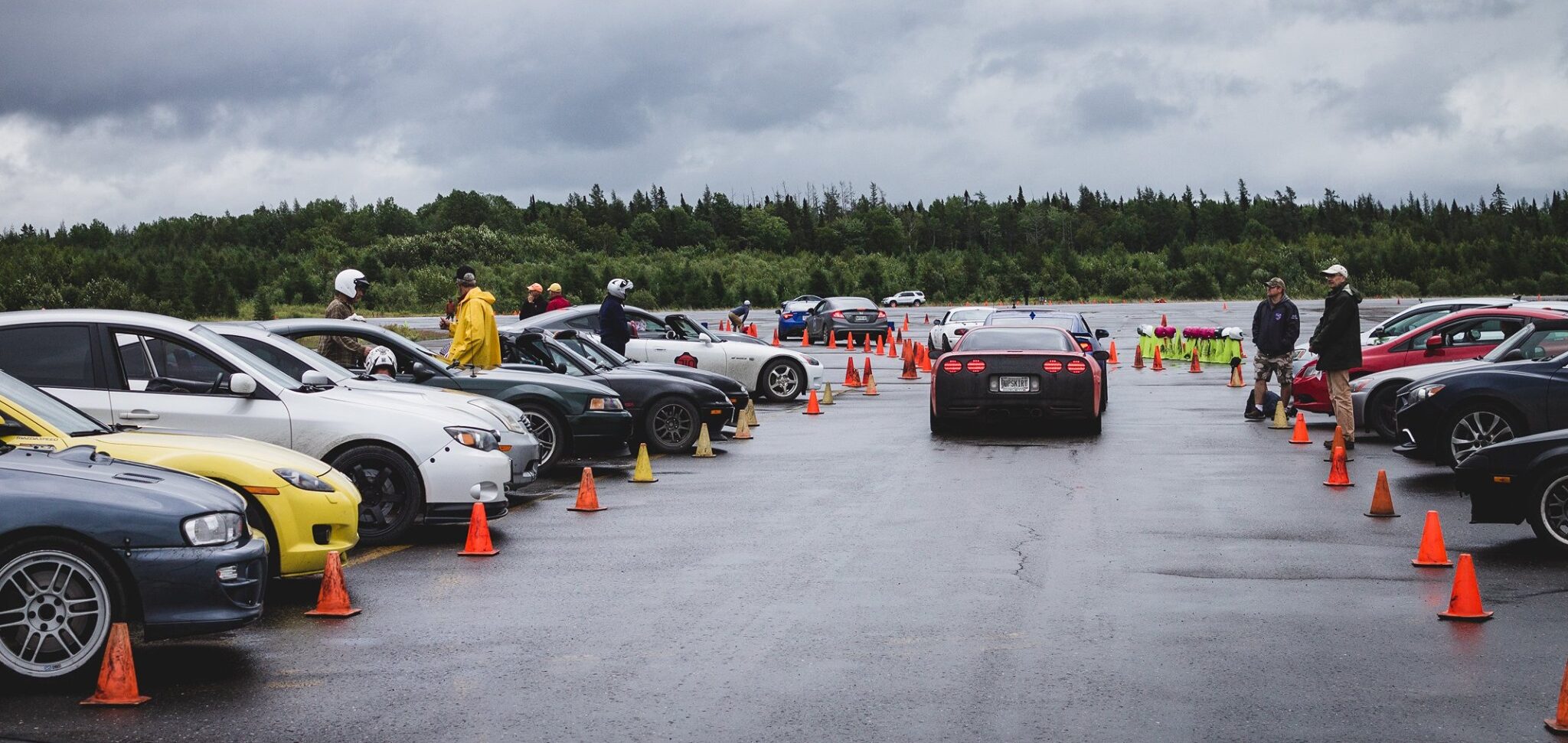Autocross is a form of motorsports that emphasizes safe, low-cost competition and active participation. An autocross is a timed competition where drivers navigate one at a time through a temporary course marked by traffic cones, rather than racing on a track with multiple other cars, as in road racing or oval racing. Autocross tends to place more emphasis on car handling and driver skill than on sheer horsepower, and events typically have many classes which allow almost any vehicle, from economy sedans to purpose-built vehicles, to compete. Speeds are slower in absolute terms when compared to other forms of motorsports, usually not exceeding highway speeds, but the activity level (measured in discrete turns per minute) can be higher than even Formula One due to the large number of elements packed into each course. Autocross courses are typically 40 to 70 seconds in length. In addition to being a national-level motorsport in its own right, autocrossing is a good way to learn skills that transfer to road racing, as drivers learn vehicle control and club ethics. — Courtesy Wikipedia
Preparation

Make sure your car is in good mechanical working order. It doesn’t have to look pretty or even be street legal, but it does need to be safe. Wheels and suspension should be bolted on tightly. Wheel bearings should have no excessive play. The battery should be clamped or bolted in securely. There should be no excessive fluid leaks. These items will all be checked during a technical inspection the morning of the event, and making sure that any potential issues are addressed beforehand will make it easier for everyone. If you are running on street tires, you will want to inflate them higher than normal to avoid excessive wear during hard cornering. Adding 10psi above the manufacturer specifications is a good general guideline. At the event, feel free to ask other drivers what tire pressures they would recommend for your particular car and tires.
At most events we don’t take a lunch break. There may, or may not, be any nearby restaurants or convenience stores. So bring everything you think you will need for the entire day. Bring more than enough water to get you through the day. Bring more than you think you will need, and drink plenty. It is better for your body, and if you get dehydrated you will not be able to concentrate on your driving as well. Also be sure to bring food and snacks for the day. Sunscreen is important, too. Even if it is cloudy all day, you can still sunburn. If you have rain gear, bring that, too. It doesn’t matter if there is rain in the forecast or not – we live in New England!
You will be assigned a car number at the event. The most common method for displaying them is with painter’s tape on the side of the car. A better method is to bring two blank sheets of paper and a marker, write your number on them once it’s assigned, and tape the paper on either side of your car. Regular autocrossers will often use magnetic numbers, but the only requirement is that your numbers are legible on both sides of the car.
 You will also need to choose what class you will be running in. Classes are based on what car you are driving, and what modifications you have made to it. This means that a stock Civic will not compete directly against a turbo Civic, or a Corvette of any kind. CMC borrows its class structure from the SCCA, and adds a few extra classes for karts. To find your appropriate class, refer to the SCCA web site. Admittedly, classing can be a little confusing, so feel free to ask for help choosing the best class for your car. (You can use our forum for this!)
You will also need to choose what class you will be running in. Classes are based on what car you are driving, and what modifications you have made to it. This means that a stock Civic will not compete directly against a turbo Civic, or a Corvette of any kind. CMC borrows its class structure from the SCCA, and adds a few extra classes for karts. To find your appropriate class, refer to the SCCA web site. Admittedly, classing can be a little confusing, so feel free to ask for help choosing the best class for your car. (You can use our forum for this!)
Finally, make sure you know where you are going and how to get there. Most of our event sites are easy to find, but after registration closes, no more entries will be accepted. Don’t miss out because you got lost. And, of course, be sure to bring your entry fee.
Registration and Tech Inspection
Event registration opens at 7:00am and closes at 8:00am. It doesn’t hurt to arrive a little early to stake out your parking space and unpack your car while you wait. All loose items must be removed from the car – basically anything that isn’t bolted down. When registration opens at the club trailer, get in line. Blank entry forms will be passed around that you can fill out while you wait. They are also available on the web site for you to fill out in advance, if you like. If this is your first event, the registrar will assign you a car number. This will be your number for the rest of the year. Also be sure to sign the waiver and get a wristband to show that you have signed it. Everyone at the event must sign the waiver, whether they are driving or not.
You will then take your registration form back and take your car through tech inspection. Inspectors may check your car where it’s parked, or you may need to take it through an inspection line. Details will be given at each event as to how tech will be handled. The inspectors will give your car a quick once over. They will want to see inside your trunk to make sure it is empty, and check a few things under the hood. Wherever your battery is located, make sure it is visible so they can confirm that it is secure. If there is a problem, they will tell you what it is and how to fix it. If not, they will sign your registration form.
Now it’s time to return to the registration table. Bring back your registration form, as well as your entry fee for the event. The registrar will take it, and congratulations – you are officially registered for the event! Before leaving registration, though, be sure to sign up for your work assignment. Every driver must take a work shift. Work assignments include tasks such as cone picking, timing, announcing, scoreboard, start, and finish. Cone picking is a good job to sign up for your first time out. It gives you an opportunity to watch many other drivers through part of the course. You can see what techniques work and what doesn’t. If there is a particular section of the course you are having trouble with, try to get assigned to work that part of the course so you can watch how other people drive it and learn from them. When possible, we try to assign a pair of workers to each cone station – one new person, and one experienced person. The experienced worker will help you learn the job, and often give you some driving tips as well.
Course walk
Once you are registered, you may walk the course, which is marked with traffic cones. CMC uses a color code system where orange cones should always be on your right, and yellow cones should always be on your left. (“Red on right, lime on left.”) The only exception to this is slalom cones, which are larger than other cones. Despite the fact that they are all orange, you alternate to either side of them. For instance, if you begin going down a line of slalom cones on the left side of the first cone, you must go to the right side of the next cone, left of the next one, and so on until the end of the slalom.
Especially on your first walk though the course, try to find someone who looks like they know what they’re doing and walk with them to learn where the course goes. It can get confusing at times, but once again competitors are quite willing to help you learn. Once you have finished your first walk, walk it again. Walk the course as many times as you can until you feel reasonably comfortable that you know where you are going.
Driver’s meeting
Everyone must attend the driver’s meeting. The event chair will go over the basic rules, both general and specific to this event. After the main driver’s meeting, experienced drivers are released to get ready, and there is a second, smaller meeting for new people. Here is where you will learn the basics of running, working, cone picking, and so on.
After the driver’s meeting, there is a group course walk for anyone interested. Take this opportunity to learn even more about the course. The walk is often led by the person who designed the course, and he will usually give away some “secrets” about how to follow the course and find your best line through it.
Working
If you are working in the first session, report for work right after the walkthrough. (Make sure to bring some water, though, especially on a hot day.) Check in at the trailer, and then assume your position. If you are not working in the first session, report for work immediately after your final run in the session before you work. In a perfect world, all workers would be relieved and replaced before the end of a run group, and the following run group would begin immediately with no interruption. In the real world, there is usually a short pause in the action while the last few workers report to their assignments. The shorter this pause, the more runs everyone will get, so it is crucial that you report to work as quickly as you can. And remember, if you are driving, you MUST work! You may even be disqualified from the event if you don’t!
Running
Unlike many clubs, who create run groups by car class, CMC runs all of the odd numbered cars together, and then all of the even numbered cars together, regardless of class. Each event alternates whether odd or even numbered cars run first. Each group will run twice – once in the morning, and once in the afternoon. And each of these two sessions will usually have from two to four runs at the discretion of the event chair.
A line will form leading up to the starting line. Try to line up in numerical order, from lowest to highest. You do not have to be perfect, but car #783 should not get in line ahead of car #15. After your first run it will be easier to see exactly who should be ahead of and behind you. As a rule, try to let cars numbered lower than you get in front of you, and cars numbered higher than you should allow you ahead. The competition is on the course, not in line, so there is no reason to race ahead of your position. If you have a high number, which, as a first timer, you probably do, you can wait around a while before even getting into your car and getting in line. This is a great opportunity to try to get a ride through the course with an experienced driver. Many are willing to take passengers, especially on their early runs.
Eventually you will get into line and slowly approach the start. If you would like to find an experienced driver to ride with you, turn on your flashers. We will send someone your way to go for a ride. An experienced driver can talk you through the course and tell you what direction to go. Once you have the course down, they can give you driving advice to help improve your times. You can have someone ride with you on as many or as few runs as you like.
If you need to use a loaner helmet, take one as you get close to the start. When you complete your run, leave the finish area and bring the helmet back where you found it as soon as possible – someone else may be waiting for it!
On your first run, don’t worry about your time – just learn the course. However many times you walked it, the course looks quite different from inside a car, and it comes toward you a lot faster! Don’t worry if you look like Grandma out for a Sunday drive. Once you successfully navigate the course, you have created a movie in your mind of how it is supposed to look, which makes it easier to drive correctly for the rest of the day. On future runs, go a little faster and see what happens. Eventually, hopefully, you will discover your car’s limits by exceeding them, either by knocking over a cone (which adds a 2 second penalty to your time) or by a dramatic skid. When you make these mistakes, don’t beat yourself up over them – even the best drivers make them sometimes. Instead, think about how you got into the situation, and what you can do differently on your next run to avoid the same problem. It is far better to make these mistakes here, on an autocross course, and hit a cone rather than a tree, car, or pedestrian on the street!
After your final run in the session, park your car. If you are scheduled to work the next shift, report for work as soon as you can. Otherwise, take a break, relax, or try to get some rides with people in the other run group.
End of the day
When everyone is finished running, there’s a lot of cleaning up to do. The course gets taken down and everything gets put back in the trailer. When everyone helps, it doesn’t take long and no one has to work too hard.
By the time cleanup is done, there is a brief awards ceremony. Awards are given for the top driver(s) in each class, as well as a few overall awards. Results are usually posted on the CMC website a few days after the event.

